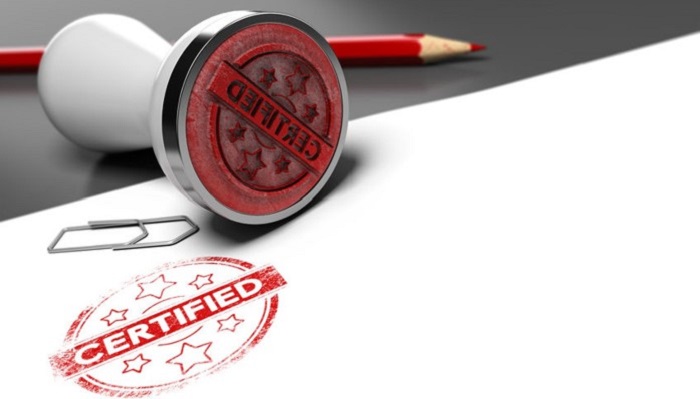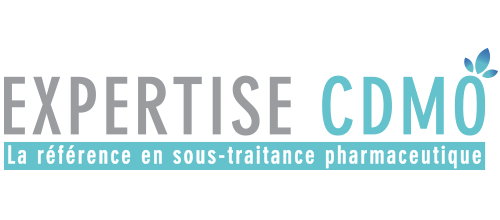In our field, quality is very important. This is why the internationally recognized ISO 13485 standard establishes the requirements for a quality management system specific to the medical device field.
In 2016, this standard was reviewed to allow convergence towards European regulatory requirements and to better comply with the changes in the field of quality management, Regulation and ensure its relevance to the market.

This new version takes into account the most recent QMS practices, reflecting the technological evolution of medical devices as well as changes in regulatory expectations and requirements.
Among the changes made to the new version of the standard, we find a greater involvement of actors ensuring the safety and performance of devices throughout the life cycle, a harmonization of regulatory requirements and greater monitoring after marketing.
The new version of the standard also places greater emphasis on the outsourcing processes rigor, including the introduction of mastering controls, such as written provisions, to evaluate their suppliers – a risk-based approach.
ISO 13485 : 2016
The advantages of ISO 13485: 2016
- Provide a real level of quality of medical devices
- Continuously improve product design and manufacturing processes, reduce costs, and monitor supply chain performance
- Expand access to international markets through certification
- Explain how to analyze and improve processes throughout your organization
- Meet regulatory requirements and meet customer expectations by facilitating product certification steps
The disadvantages of ISO 13485: 2016
- Support the increasing setting up cost
- To be structured to face the evolutions
- Maintain the level to keep this certification
The main objective of ISO 13485 is to normalize and standardize a way of doing things, to guaranty traceability at every and each point of the chain to ensure a quality level and reliability that is proven and stable over time. This minor revision of 2016 converges on the regulatory requirements already in place and should not be too complex to implement ! Good transition to 2016 and go to 2020 for a new revision! To go further, discover through our post how to avoid quality defects.

